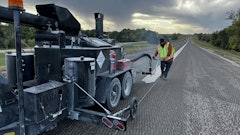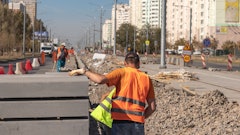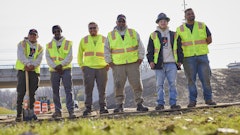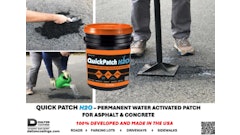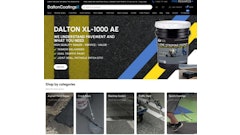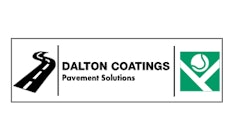Imagine pavements without markings: No centerlines, no edge lines, no turn lanes or turn arrows, no parking stalls organized to maximize parking availability and angled to enhance traffic flow, no handicap spaces, no crosswalks. The result would be mass confusion for drivers and pedestrians and certainly a significant increase in the number of accidents.
That’s why nothing happens until the stripers are off the job.
That’s a simple fact. They are, arguably, the first line of defense and most-important element of traffic control and safety for pedestrians and drivers. And officials recognize this as they won’t allow newly constructed, repaired or sealcoated pavements to be open to the public without at the very least temporary markings in place.
An example of a unique pavement marking safety effort is detailed in “How to Layout and Stripe a “Floating Crosswalk” article starting on page 14. Through that article Gautur Ívar Halldórsson, co-owner of GÍH Vegamálun, a striping company in northwest Iceland, shares his process for laying out what looks like a three-dimensional crosswalk that appears to float above the pavement. Follow the steps – it’s a daunting process. The result is pavement marking that slows approaching traffic, much like a speed bump does, but by tricking drivers into seeing a raised crosswalk in the road. Yet it’s only paint.
This approach to traffic control isn’t common, especially in the United States, but if research deems it effective that might not be the case for long. And while the process delineated in the article is complex, it won’t be long before a striping contractor simplifies it using lasers or autolayout (or before a manufacturer creates it in preformed thermoplastic).
Whether you’re paving a road or sealcoating a parking lot, the pavement doesn’t get open to the public until the pavement marking contractors have had their say. As it should be.

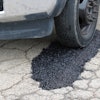

![Lee Boy Facility 2025 17 Use[16]](https://img.forconstructionpros.com/mindful/acbm/workspaces/default/uploads/2025/09/leeboy-facility-2025-17-use16.AbONDzEzbV.jpg?auto=format%2Ccompress&fit=crop&h=100&q=70&w=100)

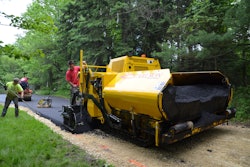

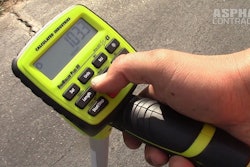

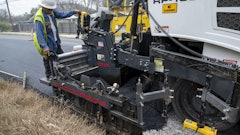
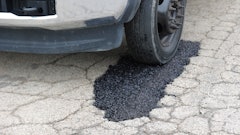

![Lee Boy Facility 2025 17 Use[16]](https://img.forconstructionpros.com/mindful/acbm/workspaces/default/uploads/2025/09/leeboy-facility-2025-17-use16.AbONDzEzbV.jpg?ar=16%3A9&auto=format%2Ccompress&fit=crop&h=135&q=70&w=240)

